What is a DOUBLE BLIND Search in Detector Training, Tracking, and S&R?
A double-blind approach in Search and Rescue (S&R), Detector Dog training, and Tracking denotes a scenario where neither the dog nor the handler is aware of the location of the hidden find, the victim, or the track direction in question.
Handlers who consistently hide their own training aides or consistently lay their own tracks are only kidding themselves that they are or will become an effective dog team.
Implementing double-blind searches is important but they need to be started at the right time of a training program.
Phase One of training:
Obviously before double-blind exercises can start, trainers must go through the first phase of training in which they introduce their dogs to the odor the dogs are supposed to find or follow.
During this phase there isn't anything wrong with handlers hiding their own finds, or laying their own tracks. Their job is to watch how the dog handles itself during searches.
Experienced trainers starting a new dog do not need help during this phase. Brand new dog trainers will benefit from working with a helper who can point out problems as they arrive.
Phase Two of Training:
As they work these initial searches they should recognize behavior changes in their dogs for different scenarios:
-
How does my dog act when he gets in a target scent cone?
- Does he wag his tail faster, can you hear the intensity of his breathing increase, does he speed up his search, etc.
-
How can we tell if our dog is actively working a scent cone or track? How does he act?
- Some dogs are masters at faking a search or a track. They learn that if they keep acting like they are searching, nose to the ground, they are left alone.
-
What does my dog do when faced with a distraction?
- Does the dog stop tracking, does it just lift its head to look at the distraction, does it move towards the distractions, etc.
-
How does my dog act when he is very close to or actually finds the target?
- Does the dog increase in speed, does he quarter the scent cone as if he knows it is close but can't target it yet, etc.
-
What does my dog do when he loses odor?
- Does the dog fake searching, does it try to backtrack and then go forward on its own? Does it simply pick its head up as if to say NO MORE ODOR HERE, etc.
Every dog is different, there are not set behaviors dogs offer for each of these situations. In this phase, the purpose of every training session is to set up scenarios that allow the handler to see how his dog acts to new challenges.
Starting in Phase 2 handlers should be keep a training journal. As soon as possible after a session, they should be writing exactly what the dog did when it encountered one in this situation.
These objectives become the focal points of every training session during these initial stages.
The most effective approach to achieving these goals is to film training sessions. Then review the footage in slow motion and make detailed observations about behavior changes in their training journal. Watch the dog's nose, its tail, its ears, and overall attitude, including changes in intensity, speed, and breathing. This is a lot of work but it pays off.
There is nothing wrong with building confidence by repeating the same track or the same search or even a part of the same track or search.
For example, if a dog has problems on a corner in a track and needs a lot of help in working through it, pull the dog off the track and take it back 50 yards before the troublesome corner and restart the dog from that point. See if the dog is better on that corner. Do it 3 – 4 or 5 times if you have to. Each time should get easier for the dog. You can do the same thing on a narcotics or explosive find.
Remember our objective is not to finish a training track or search but rather to recognize behavior changes when problems when something new happens.
You will see that behavior change may not be very obvious in the 1st repetition. But by repeating that part of the training session, you will build confidence in the dog and the handler.
Or if training a detector dog, the goal is not to find the odor source on the 5th search. It's to recognize the behaviors of the dog as it searches for that odor source, How does the dog change as it gets closer to the source?
This all falls under the category of "take the time it takes to do it right."
Phase Three of Training:
Working with the helper/ instructor continues until the team demonstrates proficiency by completing 8 out of 10 training sessions without needing help. At that point, it's time to start double-blind searches.
It needs to be said that during double-blind searches, the assistant must be out of sight of the dog team. They cannot be in the same room or the same area of the search. This approach mitigates the risk of the "clever Hans" effect, which can occur when external cues influence the dog's behavior.
Most new handlers do not like double-blind searches. I know this, I have been there. No one likes to miss finds or lose their way on a track. But if they want to become a confident successful dog team, they must make double-blind searches the main part of their training session. They are an indescribable aspect of a comprehensive training regimen.
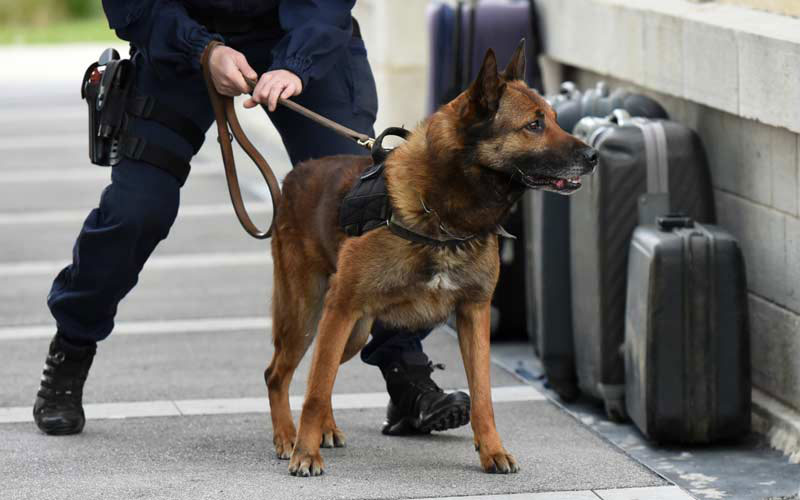




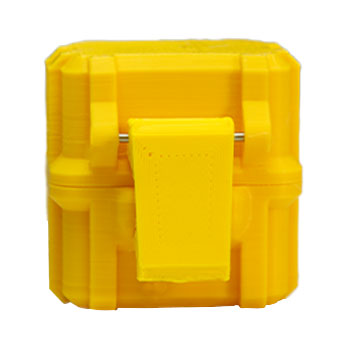

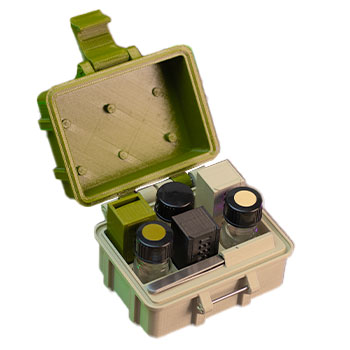
.jpg)

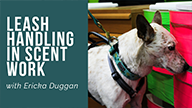
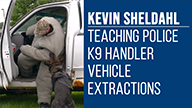
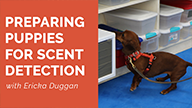
Ask Cindy.